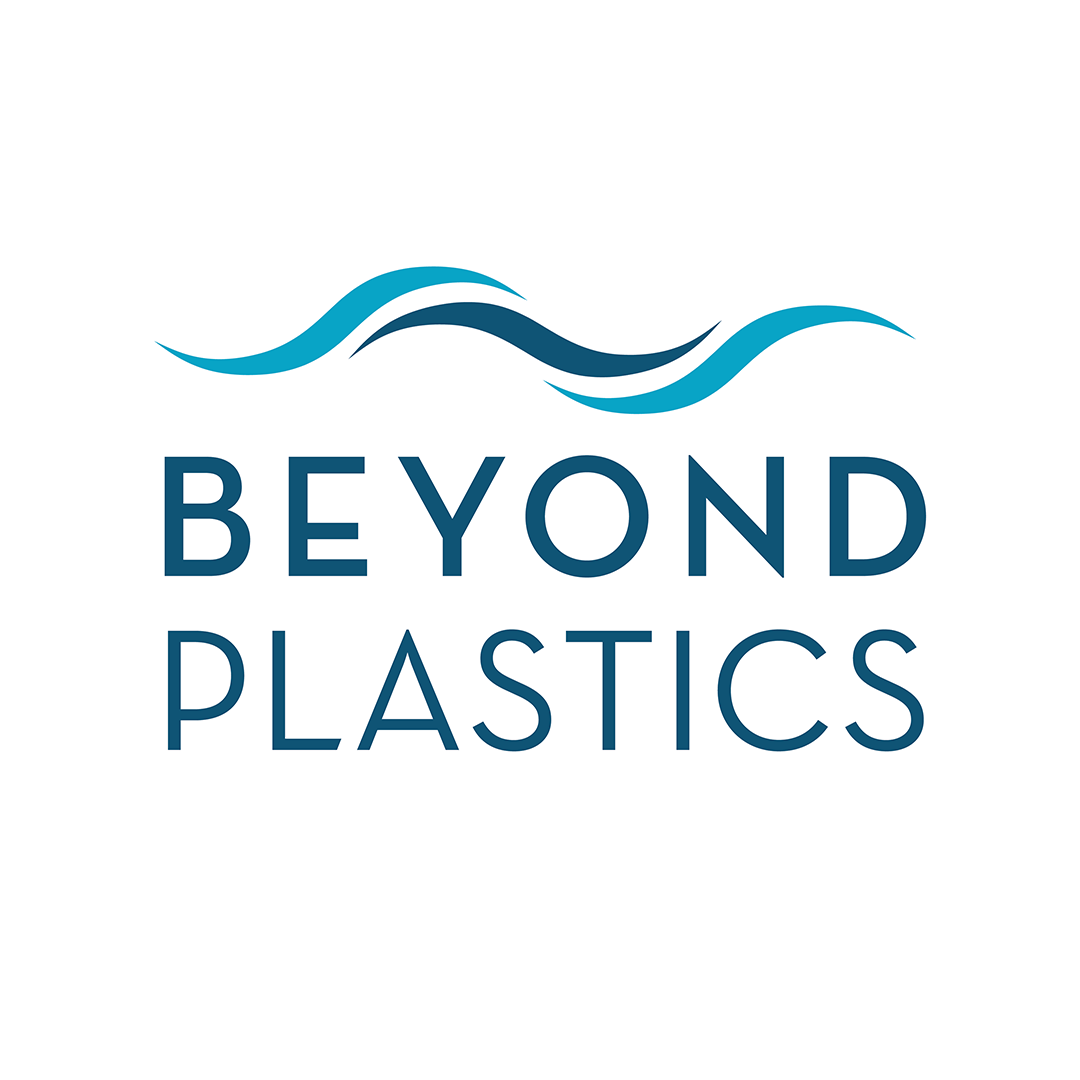Vinyl Chloride: A Toxic Chemical That Threatens Human Health
What Is Vinyl Chloride?
Vinyl chloride is a toxic chemical used to make polyvinyl chloride (PVC) plastic.
Vinyl chloride is found in PVC pipes; vinyl siding, windows and flooring; packaging; furniture and car parts; children's toys, pet toys, shower curtains, credit cards, gift cards and many other consumer goods.
Examples of building products and consumer goods that are made from polyvinyl chloride plastic.
Health Risks of Vinyl Chloride
Vinyl chloride is not just suspected of causing cancer — the International Agency for Research on Cancer considers it a Group 1 carcinogen.
Vinyl chloride is known to cause liver cancer and is associated with lymphoma, leukemia, and cancers of the brain and lungs.
There is no safe level of exposure to vinyl chloride.
Pregnant women may have an increased risk of miscarriage and birth defects when exposed to high levels of vinyl chloride in the air.
High exposure to vinyl chloride may lead to headaches, dizziness, and difficulty breathing, and severe exposure can be fatal.
Vinyl chloride is one of the most studied carcinogens in an occupational setting.
Who Is Impacted by Vinyl Chloride?
When vinyl chloride or PVC burn, dioxins are often formed. Dioxins are persistent organic pollutants – a class of toxic chemicals that harm human health and the environment and can be transported by wind and water. These long-lasting chemicals are stored in body fat, moving from species to species, and becoming more concentrated and dangerous as they work their way up the food chain.
Dioxins from burning vinyl chloride and the PVC plastic it’s used to make enter the air and water, putting people at risk of inhalation, and the environment at risk of contamination. As a result, PVC is considered a significant threat to the health of firefighters. Since 2002, almost two out of three firefighters who died in the line of duty died of cancer, according to the International Association of Fire Fighters.
When vinyl chloride burns in train derailments — as in the February 2023 East Palestine, Ohio, disaster — it threatens the health of the surrounding community as well as the first responders and workers tasked with cleaning up the hazardous materials.
Many of the vinyl chloride and PVC production facilities in the United States are built along an 85-mile stretch of the Mississippi River in Louisiana, where local residents are predominantly Black and low-income and where both regulations and the enforcement of them tend to be lax. Rates of cancer in the area are so much higher than the American average that this corridor has sadly become known as “Cancer Alley.” Vinyl chloride is also produced in Texas and Kentucky.
A man takes photos as a black plume rises over East Palestine, Ohio on Feb. 6, 2023. (AP Photo/Gene J. Puskar)
Restrictions To Protect Human Health & Our Environment
In 1974, the U.S. EPA banned the use of vinyl chloride in refrigerants, aerosol propellants, drugs, and cosmetics.
The EPA has the legal authority to ban vinyl chloride under the Toxic Substances Control Act (TSCA).
Although banning vinyl chloride has been discussed for more than 40 years, it is still used widely in pipes, building materials, packaging, children’s toys, and many consumer products.
Some of the other hazardous chemicals used in plastic goods have been restricted. For example, phthalates — chemical additives that make PVC plastic more durable — have been restricted from children’s toys in the United States, the European Union, and many nations around the world.
In January 2022, the U.S. Plastics Pact (a stakeholder group endorsed by 100 major consumer companies) made a voluntary commitment to eliminate PVC in packaging by 2025.
Take Action to Ban Vinyl Chloride
Please join us in urging the U.S. EPA to ban vinyl chloride. 👉Click here to add your name to the petition now.
More Information
For more on the history of vinyl chloride, please see Deceit and Denial: The Deadly Politics of Industrial Pollution by Gerland Markowitz and David Rosner, 2002, University of California Press.





